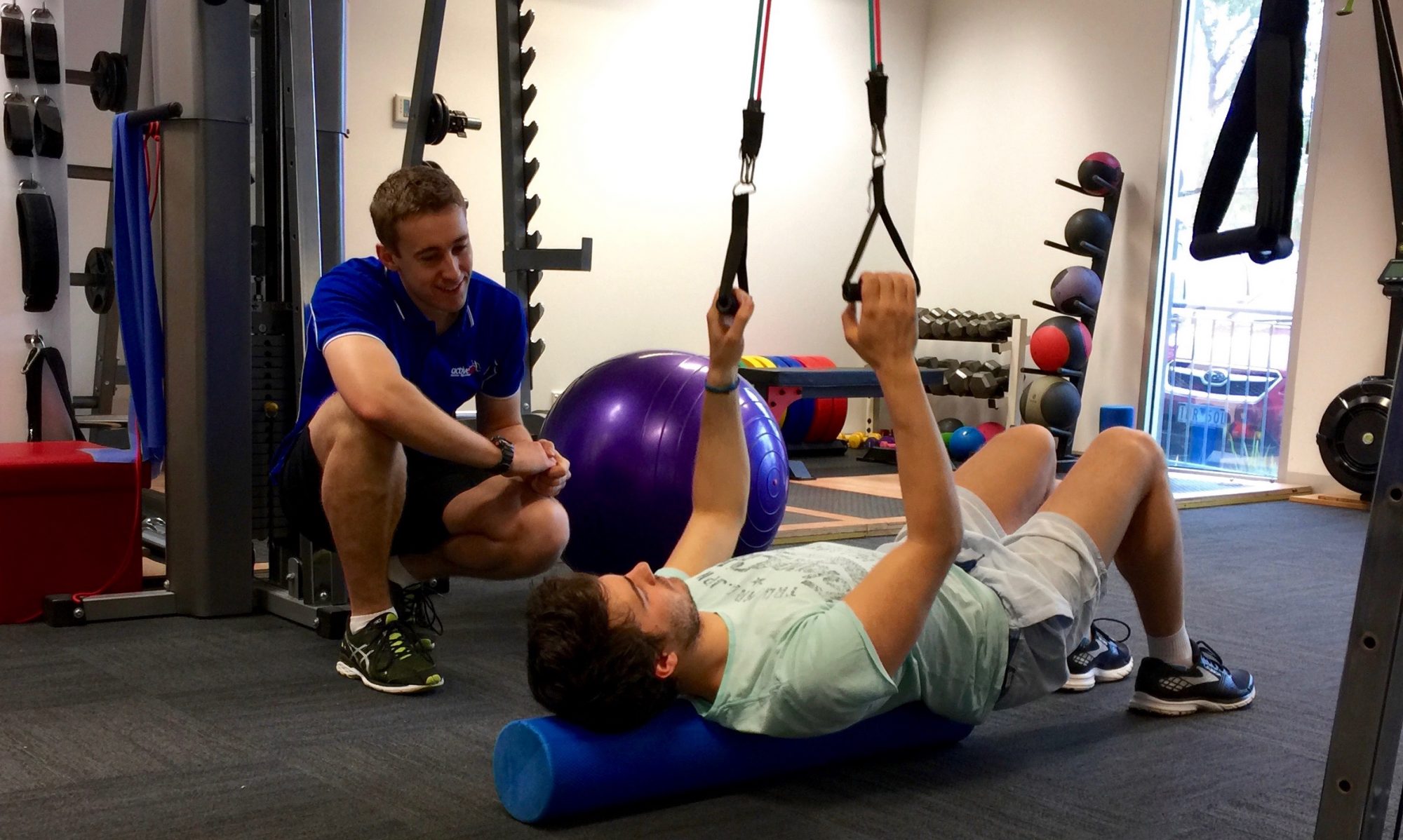What is a frozen shoulder?
Frozen shoulder, or the more fancier and medical term, adhesive capsulitis; is a condition characterized by stiffness and pain in the shoulder joint.
The shoulder is a ball and socket joint, made of of three bones:
- Upper arm (Humerus)
- Shoulder blade (Scapula)
- Collarbone (clavicle)
The head of the humerus fits into a shallow socket in the shoulder blade. Strong connective tissue, which is the shoulder capsule surrounds the joint. Frozen shoulder occurs when this capsule thickens and tightens, restricting movement. Thick bands of tissues, called adhesions form, and sometimes the fluid that helps lubricate the joint lessens. The main signs and symptoms of frozen shoulder is severe pain and inability to be able to move the shoulder through active and passive range of motion.
Frozen shoulder progresses in three stages:
Stage 1:
In the “freezing” stage, pain increases slowly over time. As the pain worsens, the shoulder starts to lose its range of motion.
Stage 2:
In the “frozen” stage, pain may start to improve, however stiffness of the shoulder remains. This may be the period of time where activities of daily living become more difficult.
Stage 3:
In the “thawing” stage, shoulder range of motion slowly starts to improve.
Exercise plays an important role in encouraging more range of motion for those with frozen shoulder. Gentle mobility exercises are often prescribed for those with frozen shoulder.
Sources:
Physio-pedia, n.d. Frozen shoulder https://www.physio-pedia.com/Frozen_Shoulder
Orthoinfo, n.d. Frozen Shoulder https://orthoinfo.aaos.org/en/diseases–conditions/frozen-shoulder
Mezian K, Coffey R, Chang KV, 2023. Frozen Shoulder: continuing education activity.
https://www.ncbi.nlm.nih.gov/books/NBK482162/?report=printable
Up To Date, n.d. Patient education: frozen shoulder https://www.uptodate.com/contents/frozen-shoulder-beyond-the-basics#H107366569


